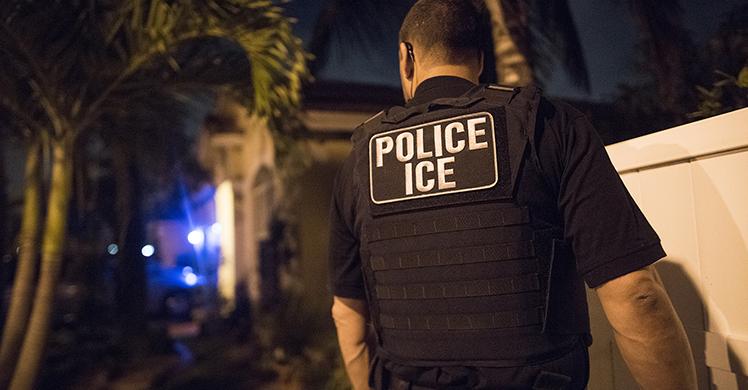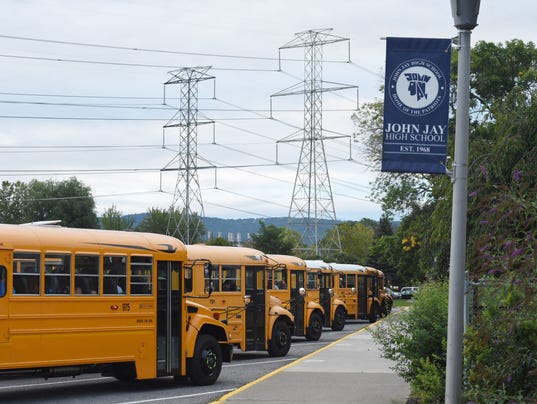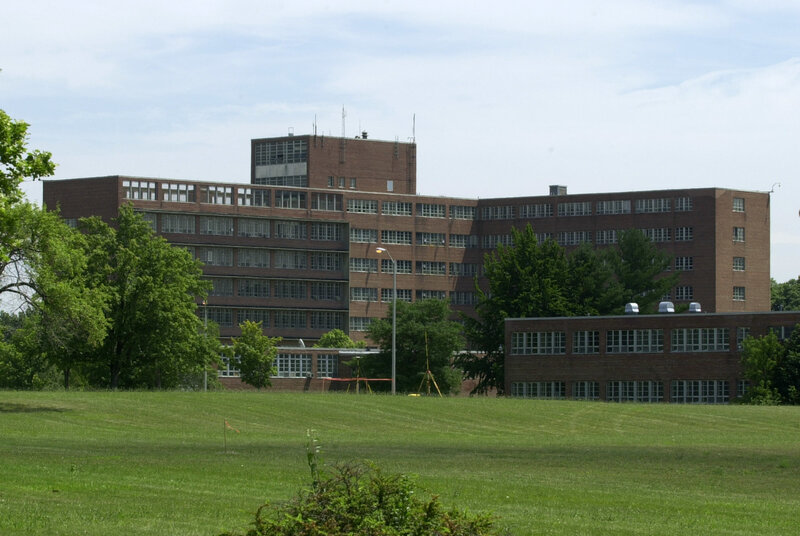By: Karina Johnson
Impunity Watch Reporter, North America
OAKLAND, California — On Saturday, February 24, Oakland Mayor Libby Schaaf issued a news release warning local residents that US Immigration and Customs Enforcement (ICE) would be conducting operations in the Bay Area during the next 24 hours. This warning was posted on Facebook and shared on Twitter.

Mayor Schaaf’s February 24 news release detailed her rationale for disclosing her knowledge of the pending raids: “As Mayor of Oakland, I am sharing this information publicly not to panic our residents but to protect them. My priority is for the well-being and safety of all residents — particularly our most vulnerable — and I know that Oakland is safer when we share information, encourage community awareness, and care for our neighbors.”
In a statement made on February 27, ICE Deputy Director Thomas D. Homan said, “The Oakland mayor’s decision to publicize her suspicions about ICE operations further increased that risk for my officers and alerted criminal aliens – making clear that this reckless decision was based on her political agenda with the very federal laws that ICE is sworn to uphold.” The statement further asserted that “ICE does not conduct sweeps or raids that target aliens indiscriminately, and the agency prioritizes public and national security threats, immigration fugitives and illegal reentrants.” ICE arrested over 150 suspected undocumented immigrants, half of which do not have criminal records.
Mayor Schaaf defended her decision two days later on Twitter: “I do not regret sharing this information. It is Oakland’s legal right to be a sanctuary city and we have not broken any laws. We believe our community is safer when families stay together.”
During the weeks following the operation, ICE’s San Francisco spokesman James Schwab resigned, frustrated by repeated misleading statements made by officials, including Attorney General Sessions, alleging that roughly 800 undocumented immigrants escaped arrest due to Mayor Schaaf’s public warning. In an interview with the San Francisco Chronicle, he condemned the misleading statements: “To say that 100 percent are dangerous criminals on the street, or that those people weren’t picked up because of the misguided actions of the mayor, is just wrong.”
Across the United States, places like San Francisco, Chicago, Seattle, New York, and Philadelphia have challenged the constitutionality of President Trump’s January 2017 Executive Order 13768 that says cities and counties would lose federal funding if local law enforcement did not cooperate with immigration agents. All courts (except for Seattle, which is still pending) have granted preliminary injunctions halting the enforcement of the order. On March 6, the Department of Justice filed suit against the state of California. The complaint alleges that three recently enacted “state sanctuary laws” are unconstitutional as they are preempted by federal law and seeks to block their enforcement.
Liam Brennan, a former federal prosecutor and head of Connecticut’s Public Corruption Task Force, described his own experiences as a federal prosecutor, sanctuary cities such as Los Angeles and New York City prioritized fighting crime instead of enforcing civil immigration violations, because “Solving a crime was clearly more important than deporting immigrants who came here looking for economic opportunity.” The federal government (through U.S. Citizenship and Immigration Services) may offer U-visas and T-visas to individuals who have been victims of a crime in the US and who choose to cooperate with law enforcement in certain criminal prosecutions.
For more information, please see:
Just Security – Reclaiming the Public Safety Mantle for Sanctuary Cities – 27 March 2018
Just Security – Does the Oakland Mayor Face Legal Liability for Warning About ICE Raids? – 15 March 2018
San Francisco Chronicle – San Francisco’s ICE spokesman quits, disputes agency’s claim that 800 eluded arrest – 12 March 2018
The Washington Post – Justice Dept. sues California over ‘sanctuary’ laws that aid those in U.S. illegally – 6 March 2018
The Washington Post – Oakland Mayor Libby Schaaf tipped off immigrants about ICE raid and she isn’t sorry she did – 28 February 2018
U.S. Immigration and Customs Enforcement – ICE statement on immigration enforcement activities in northern California – 27 February 2018
SF Gate – Oakland mayor’s warning puts immigrants, advocates on high alert – 25 February 2018
The Los Angeles Times – California becomes ‘sanctuary state’ in rebuke of Trump immigration policy – 5 October 2017



